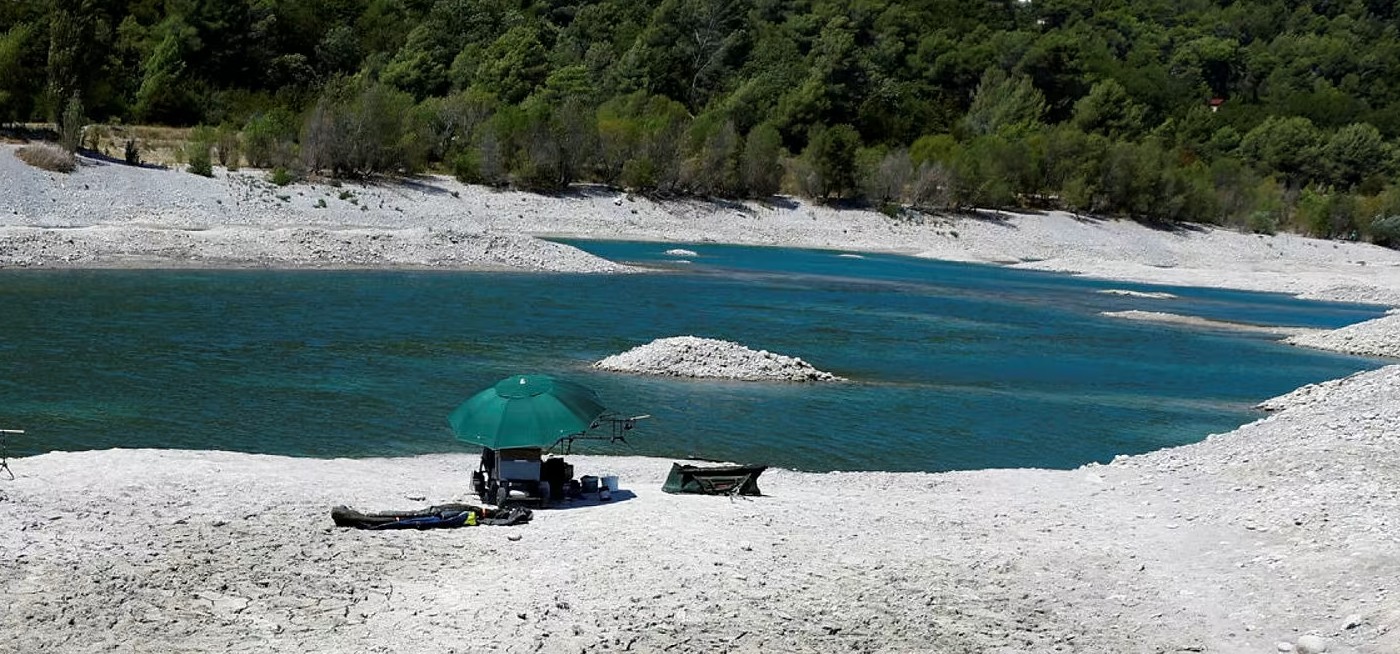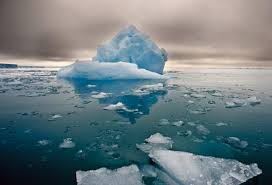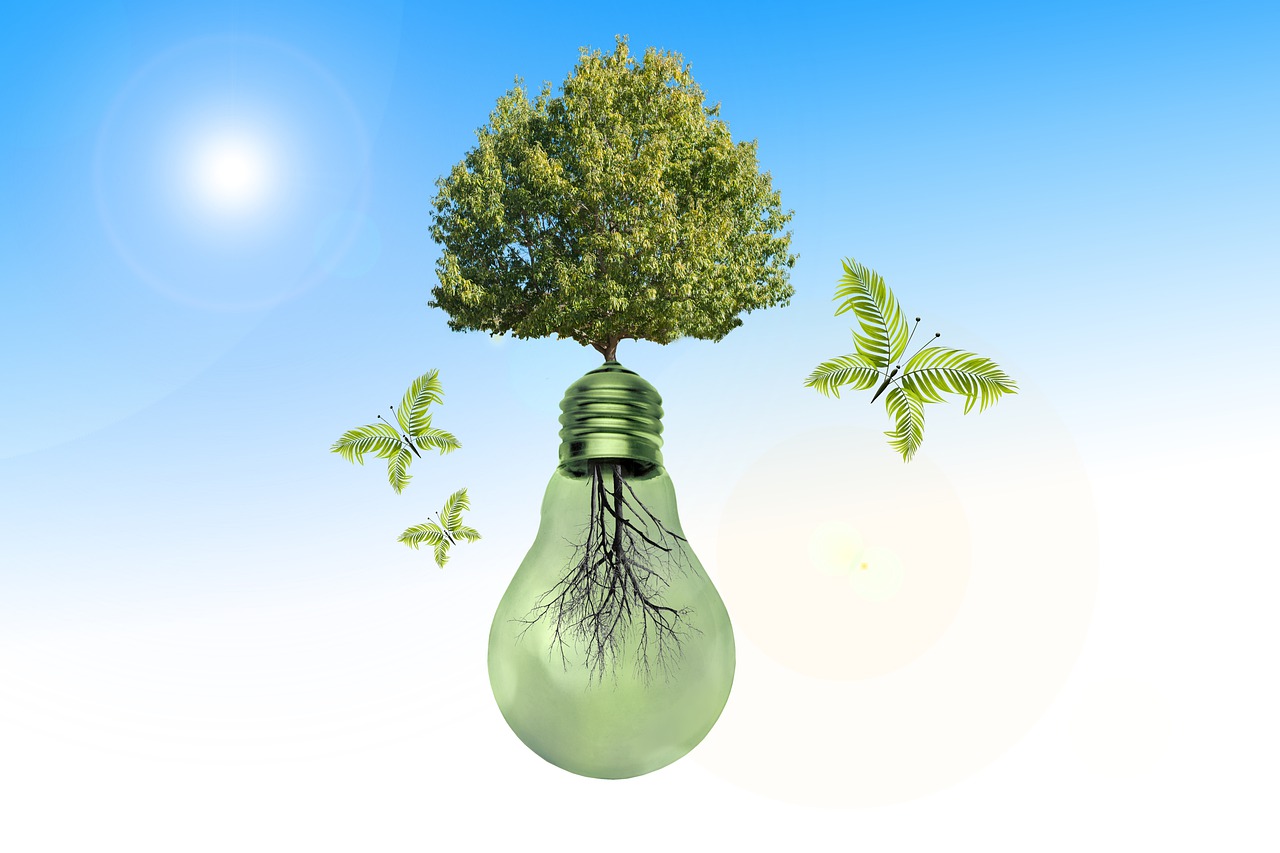How climate change contributed to Sikkim Floods
Experts say erratic rainfall patterns and dry periods have replaced regular snowfall, leading to glacial melt, further exacerbating such events
By Editorial Team / Oct 9, 2023
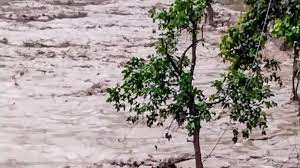
Image Courtesy: Hindustan Times
On Wednesday, the South Lhonak Lake, a glacial lake in the upper reaches of Sikkim, burst its banks following a cloudburst in the area. While water initially breached the Chungthang dam, it resulted in flash floods in multiple areas of the tiny hilly state.
Meteorologists said that while the weather conditions were conducive for heavy to very heavy precipitation over the region on account of a low-pressure area in the nearby region, this time’s flash flood wasn’t just a result of another extreme weather event alone. Climate change has played a significant role in making this weather event more extreme.
Back in 2021, the study Future Glacial Lake Outburst Flood (GLOF) hazard of the South Lhonak Lake, Sikkim, Himalaya warned about a probable outburst and brought forth information about the increasing length of Lhonak glacial lake, which was sensitive to extreme weather events such as cloudbursts. Since it cannot be predicted when Glacier-related floods, including floods from lake outbursts (GLOFs) would burst, the only option is being prepared with proper disaster planning and mitigation.
“It was already predicted in 2021 that this lake would breach and impact the dam. There has been a substantial increase in the number of glacial lakes as the glaciers are melting due to global warming. When the glaciers advance, they erode the river bed, leading to the deepening of the river. Also, climate change has resulted in erratic precipitation, including events like cloudbursts, as we saw in Sikkim, leading to the partial breach of the moraine dam. When glaciers are eroding, they put pressure on the bedrock, producing more silt. Whenever there is flash flooding, you would witness more silt and debris flowing downhill, aggravating the destruction caused by floods and landslides,” said Farooq Azam, glaciologist, Indian Institute of Technology, Indore.
Under the influence of climate change
Explaining further how altering weather patterns because of climate change are adding to the crisis, Azam said, “Eastern Himalayas are dominated by monsoon, which has over the period become more erratic and unpredictable. Snowfall is food for glaciers but it is now replaced by rainfall that is too erratic. There are more days of heavy rains and dry periods are also increasing. Rise in global warming has led to rise in glacial melt.”
South Lhonak glacier is one of the fastest retreating glaciers, and the associated proglacial lake has become the largest and fastest-growing in the state. According to the study, the glacier receded ~2 km in 46 years from 1962 to 2008. It further retreated by ~400 m from 2008 to 2019. There has been a growing concern now about the hazard potential of this lake, as the downstream valley is heavily populated with numerous settlements and infrastructure.
A glacier is a moving mass of ice, soil and rocks and thus, it consists of lots of loose sediments. According to geologists, the retreating glaciers have left behind unlimited sediments, which consist of an unstable mix of earth and rocks in the higher reaches of Himalayas. In such cases, even less rainfall is good enough to move the boulders and debris downstream. Hence, the higher Himalayan region is very unsuitable for dams and tunnels due to higher concentration of sediments. GLOFs can also be triggered by extreme meteorological conditions, especially heavy rainfall events that cause degradation of the damming moraine and lead to overfilling of the lake.
“Both the frequency and severity of such events are going to increase exponentially in the future. Himalayan ecosystem is the most fragile in the world and any disruption in the way we are managing these resources will have a problematic outcome for the people of the region. Rising temperatures are leading to a wetter future and contributing to climate change led extreme events but it is also disturbing the fragility of the Himalayan ecosystem through hydropower and other dams. GLOF is an outcome of warming of the region and this has been a major risk for the region. Once it is formed, you never know what triggers its outburst. Sikkim is an example of this only.” said Anjal Prakash, clinical associate professor, research and research director, Bharti Institute of Public Policy, Indian School of Business and IPCC Author.
Concerning development
While these glacial lakes are mostly located in remote and unsettled mountain valleys, GLOFs have the potential to impact several kilometers downstream. Due to rampant development and building choices within the mountainous regions of the Himalayas, the existence of glacial lakes in the high altitude of the Himalayas has become a major concern to the downstream communities.
Mahendra P Lama, founding vice chancellor, Sikkim University said, “People are not against the hydel power projects as such. They are against the way these projects are done, the casualness with which the environmental impact assessment is conducted and clearances are given and the way project developers are selected. The location, size and scale of these projects, the knowledge and experience of these project developers, the capability of project regulating agencies and the way projects have been designed and the technology used have been questioned all across the fragile Himalayan ecology. Unfortunately, in many cases these issues come up for public discussion only in the aftermath of disasters.”
Prepping for future
The study said that the width of the terminal moraine that dams the South Lhonak Lake is not uniform and is thinning towards the ends. Hummocky surface of the dam indicates that it likely contains buried ice and is subject to future degradation. The report warned that moraine’s stability can change with time due to changes in the structural integrity due to the melting of buried ice, impact waves that lead to overtopping flows, extreme meteorological conditions, such as, cloudburst quickly overfilling the lake and triggering progressive erosion of the dam, etc. Continuing glacier retreats will bring the lake closer to steep and potentially degrading slopes (moraine, bedrock, and ice).
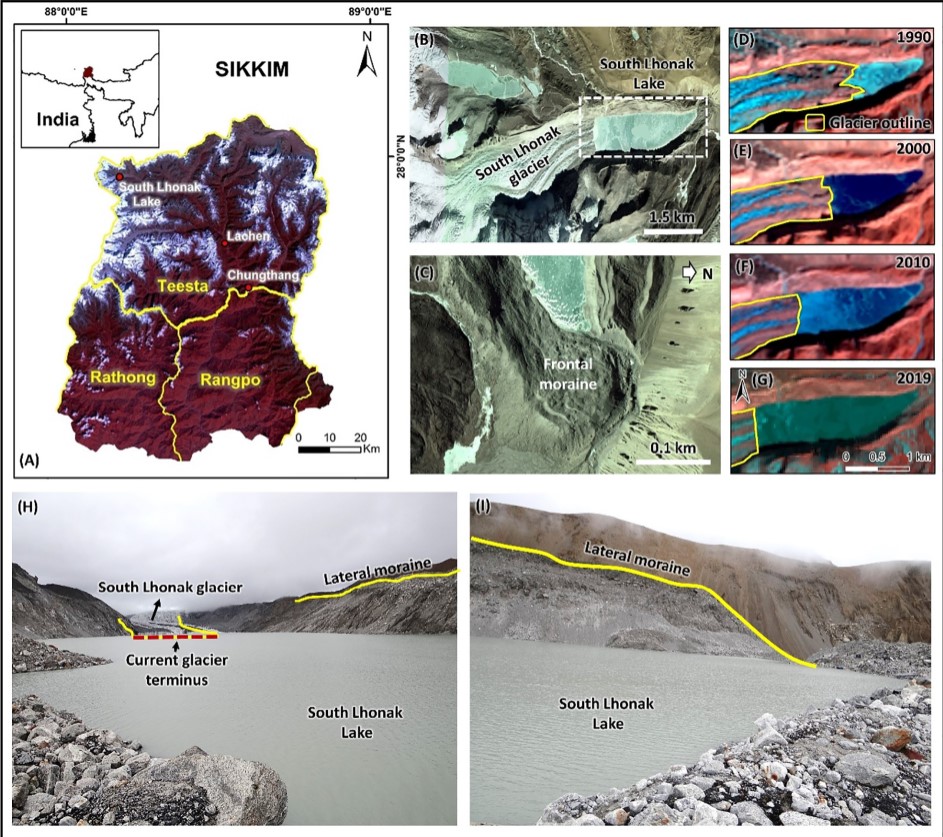
Another factor is seismic activity, which can also lead to the degradation of the moraines’ structural integrity, although not necessarily leading to an outburst and is an obvious trigger of large catastrophic ice/rock avalanches. This is particularly concerning, as South Lhonak Lake is located in a highly active seismic zone and several earthquakes in the past had their epicenter in the vicinity of the lake.
According to the IPCC’s Special Report, snow cover, glaciers and permafrost are projected to continue to decline in almost all regions throughout the 21st century. There is also high confidence that the number and area of glacier lakes will continue to increase in most regions in the coming decades, and new lakes will develop closer to steep and potentially unstable mountain walls where the impact of landslides can more easily trigger lake outbursts. The report also said, with high confidence, that river runoff in snow dominated and glacier-fed river basins will change further in amount and seasonality in response to projected snow cover and glacier decline with negative impacts on agriculture, hydropower and water quality in some regions. The expansion of hydropower is another key factor, and in the Himalayas alone, up to two-thirds of the current and planned hydropower projects are located in the path of potential glacier floods.
Scientists have called for the need for focussed scientific research mechanisms that include high resolution monitoring networks. Roxy Mathew Koll, climate scientist at Indian Institute of Tropical Meteorology, said, “We all know that in the warming world, the potential of cloudbursts, extreme rains, GLOF has gone up. Ocean warming has already increased moisture levels over the region. The low-pressure area near the region further increased the moisture, paving a conducive environment for torrential rains. Moreover, we do not have high-resolution monitoring systems that could tell us what happened, how it happened, and to what extent climate change aggravated the scenario. We know the Himalayan region is prone to cloudbursts, but we cannot identify the hotspot. Thus, a proper monitoring network is the need of the hour.”
The article was originally published in CarbonCopy.
Climate Change Glacier retreat Himalayas Shrinking Sikkim Floods Global Warming impacts in India